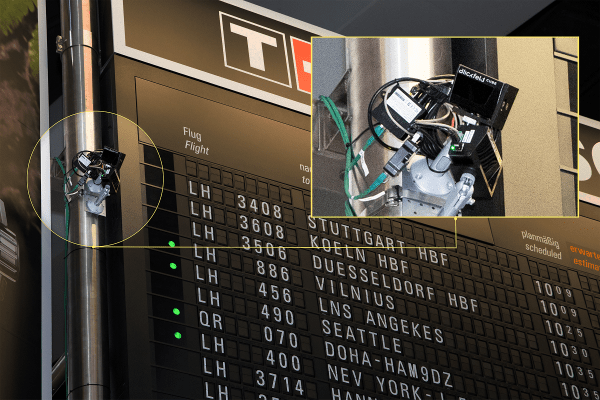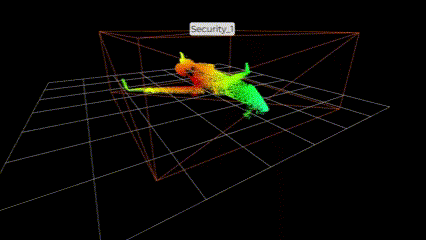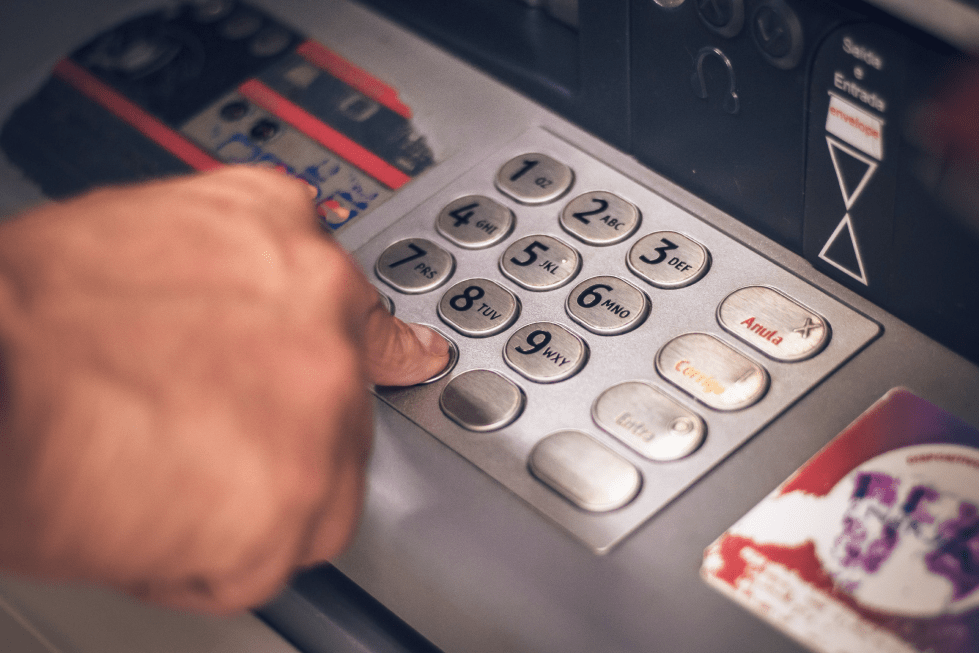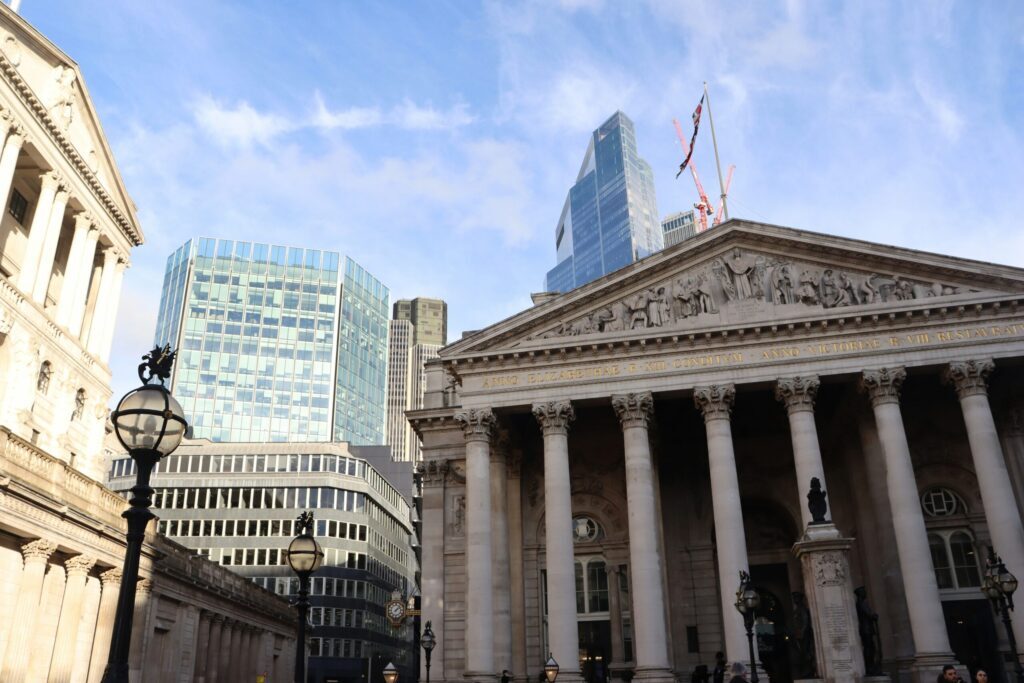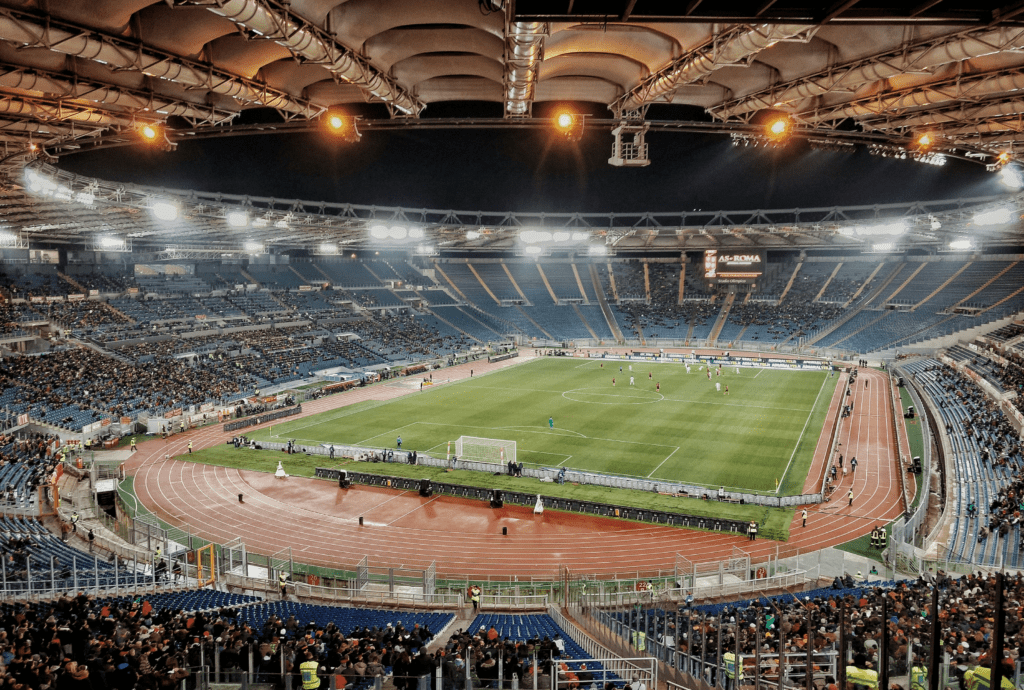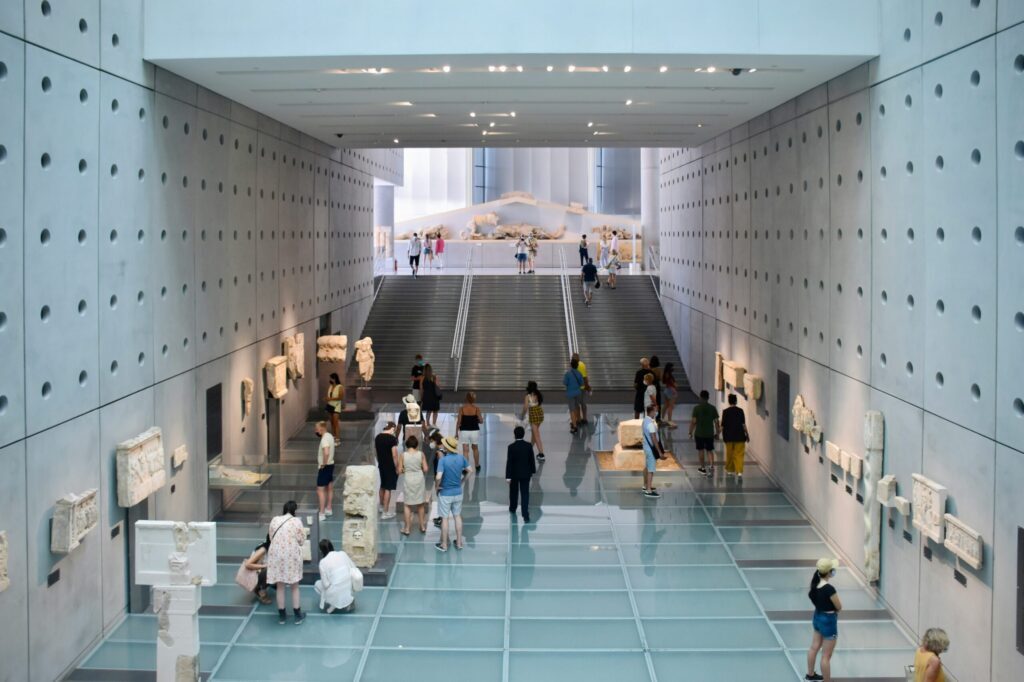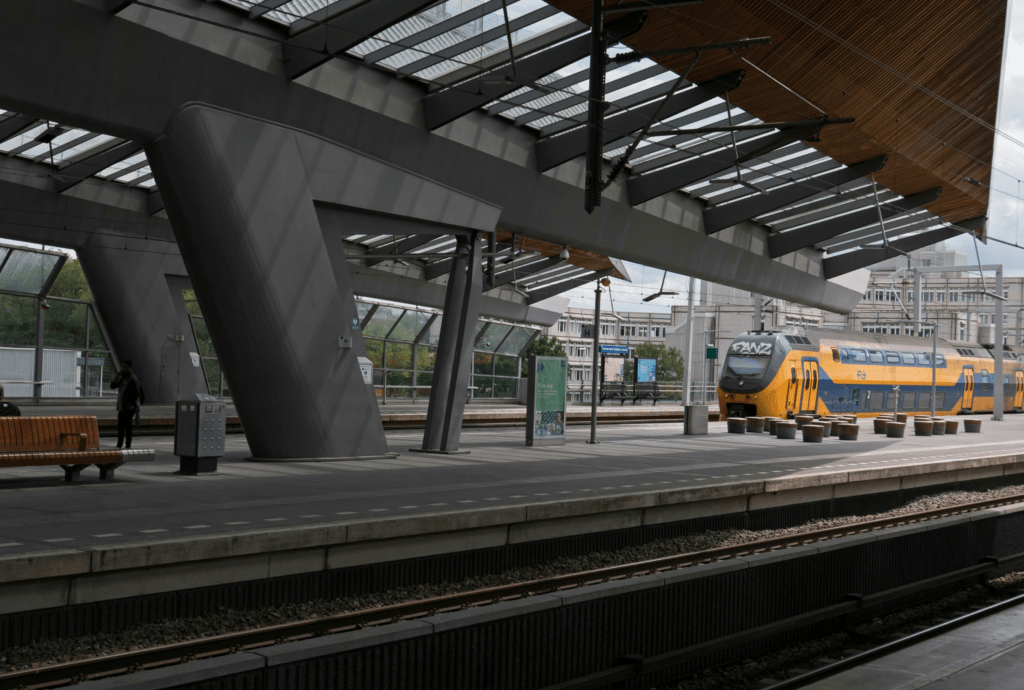Airport Security
Advanced 3D LiDAR Solutions for Comprehensive Perimeter and Passenger Protection
Airport security is crucial for safeguarding passengers, staff, and infrastructure. As major travel hubs, airports handle large volumes of people and cargo, making them prime targets for terrorism, smuggling, and unauthorized access. The absence of early warning systems and slow responses further underscore the need for advanced airport security technology to ensure protection.
Extensive perimeters and numerous checkpoints present significant security challenges in airports. The constant movement of aircraft, vehicles, people, and wildlife adds complexity to threat detection. Additionally, outdoor areas are affected by fluctuating weather and environmental conditions throughout the year. To be effective, airport security technology must adapt to these dynamic environments and provide reliable coverage across diverse and busy areas.
LiDAR technology’s 3D data capabilities offer precise detection regardless of lighting or weather conditions, significantly reducing false alarms. This makes it an ideal airport security technology for monitoring large perimeters and high-traffic zones. Its robustness and accuracy enhance overall security by ensuring reliable coverage and minimizing disruptions. To further improve security, Blickfeld LiDAR devices are protected against tampering by monitoring for issues such as cover removal, misalignment, and disconnection, maintaining the system’s integrity and reliability.
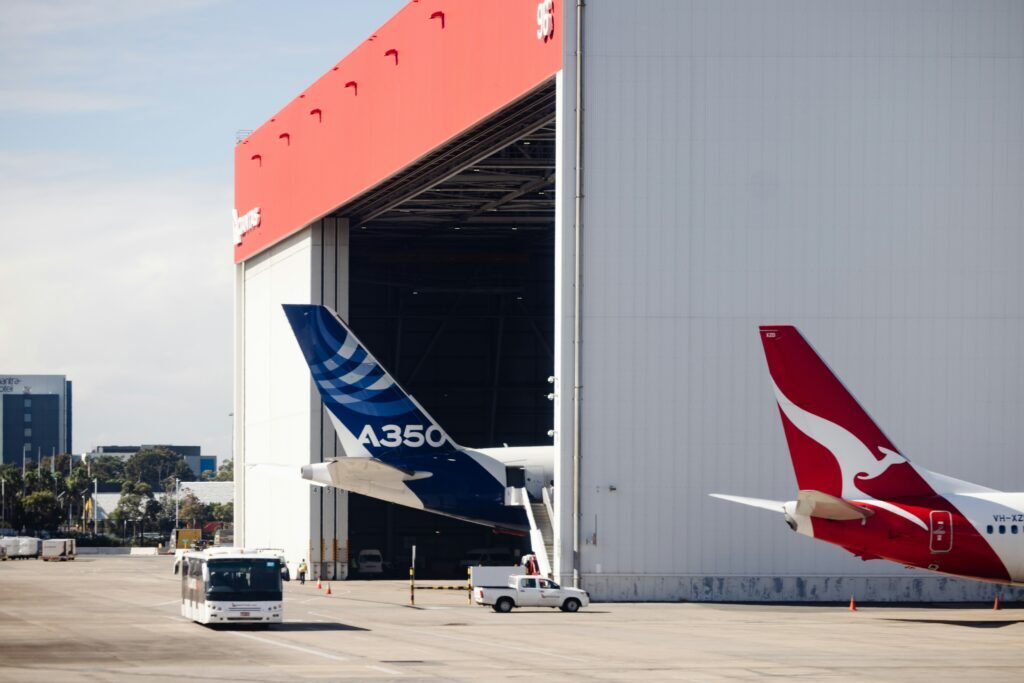
An example of effective passenger flow management using LiDAR technology is demonstrated in the success story at Frankfurt Airport, where Blickfeld’s solutions enhanced queue management and staffing efficiency.
Our Security Solutions for Airports
Compliance with Security Restricted Area (SRA) Regulations
Adhering to Security Restricted Area (SRA) regulations is essential for airport security. 3D LiDAR technology enables precise monitoring of transitions between airside and landside zones. By accurately determining the direction of object movement through defined areas, LiDAR helps prevent unauthorized crossings into restricted regions, maintaining compliance with aviation security standards through advanced airport security technology.
Ramp/Apron & Aircraft Security
Ramp and apron areas, where aircraft are parked and serviced, are vulnerable to tampering and unauthorized access. 3D LiDAR provides reliable surveillance of these high-traffic outdoor zones, detecting any suspicious activity or attempts to breach security. It offers precise monitoring of parked aircraft, safeguarding them from potential threats using cutting-edge airport security technology.
Hangar Security
Securing aircraft hangars against unauthorized access and vandalism is challenging due to their large, open structures and multiple entry points. LiDAR technology addresses this by providing precise monitoring through virtual 3D zones around each aircraft. These zones use advanced 3D data to detect unauthorized individuals based on object size and movement direction, enhancing detection accuracy.
Airport Perimeter Security
Securing extensive airport perimeters is vital for preventing unauthorized access. LiDAR delivers robust surveillance across large, complex boundaries, effectively monitoring these areas. Its 3D point cloud technology adapts to varying environmental conditions, such as changing vegetation and weather, and filters out disturbances from small animals and other irrelevant sources. This minimizes false alarms and ensures continuous, reliable intrusion detection while maintaining a secure boundary around the airport.
Passenger Flow Management in Terminal Buildings
Efficient management of passenger movement within terminal buildings is crucial to avoid disruptions and delays. 3D LiDAR ensures adherence to designated one-way paths, preventing passengers from mistakenly re-entering restricted areas after luggage pickup. By accurately monitoring these routes, LiDAR minimizes disturbances and delays, enhancing overall operational efficiency. Additionally, its anonymized 3D data protects passenger privacy by tracking movement without identifying individuals.
Runway and Taxiway Safety
Runway and taxiway safety is critical for smooth airport operations. LiDAR provides precise, real-time monitoring with its advanced 3D data capabilities. By establishing security zones within the 3D point cloud and setting parameters for alarm triggers—such as object size and movement direction—LiDAR can accurately detect and track objects. This helps identify potential hazards or unauthorized activity, enhancing safety and preventing incidents on runways and taxiways.
Aircraft Security on the Rollfield
Securing aircraft on the rollfield is critical, especially since airplane doors have no keys and cannot be locked from the inside or outside. LiDAR offers effective monitoring of these high-traffic areas by detecting unauthorized access or tampering attempts through its precise 3D data. Resilient to most weather conditions, including sunlight, rain, fog, and snow, LiDAR provides continuous and reliable surveillance, addressing security needs in rollfield areas where other measures might be inadequate.
LiDAR technology provides a robust solution for securing parked aircraft, effectively addressing tampering and minimizing false alarms.
Technology Comparison for Airport Security
Strenghts | Limitations | |
|---|---|---|
Cameras | High image quality and resolution; Relatively low acquisition costs; Easy installation | Strong dependence on light sources; Poor image quality and unreliable detection in various weather conditions; Privacy concerns |
Thermal Cameras | Detects heat signatures; Useful in low-light conditions; Greater range and lower false alarm rate compared to traditional cameras | Issues with residual heat from aircrafts; Limited detection through glass or plastic; Highly dependent on weather conditions: rain, snow, and strong sunlight can affect the thermal image |
Radar | Effective for detecting movement over large areas; Large range; Light-independent | Limited sensitivity and accuracy in distinguishing objects; No visual feedback / no high-resolution images for alarm verification; Complex integration and maintenance |
Inductive Loops | Good for detecting vehicle presence | Can be bypassed; Sensitive to temperature gradients and environmental changes |
Motion Sensor | Simple and cost-effective for detecting movement | Mainly suitable for indoor use; No visual feedback; no depth information |
2D Scanner | Precise, real-time distance measurement; Day and night operation | Limited to single-plane scanning; No 3D depth information; Unable to detect object size or shape effectively |
3D LiDAR | Provides precise 3D data; Effective day and night, and in varying weather conditions; Minimizes false alarms from environmental factors | High acquisition costs; Complex data processing |
Get in Touch
Would you like to learn more about Blickfeld QbProtect and the applications of 3D LiDAR technology in security? Send us a message, give us a call, or schedule a meeting—we’re happy to assist you!
Contact Form
Contact our Sales Team

Andreas Bollu
Vice President, Business Unit Security
Region: Europe and Rest of World
+49 89 230 69 35 11
Schedule a meeting

Patrick Pylypuik
President, Blickfeld North America Inc.
Region: North America
+1 734 223 9683

